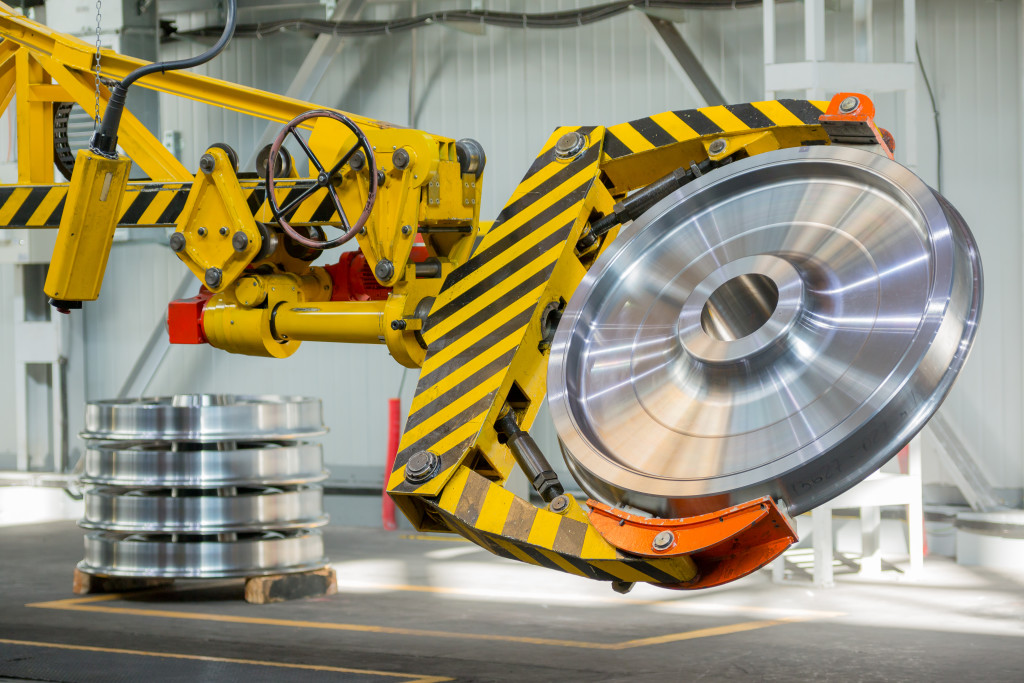KLW is ready for complex product development in order to meet even the highest customers’ requirements.
In 2016 KLW entered the market of the Kingdom of Saudi Arabia with supplies to Saudi Railway Organization. This year we started to work with another national company that operates Saudi Arabia’s railway network – Saudi Railway Company – and received the first customer order for production of 36’’ wheel for freight and 42’’ wheel for locomotives.
Due to very specific operating conditions – hot climate and sand dunes – railway operators encounter a problem of higher wheel wear, also resulting in growth of its consumption. To reduce wheel wear the customer tighten own specification in comparison with requirements of Association of American Railroads. KLW engineering department received basic parameters for further design.
Alexander Roslik, Head of Wheel &Tire Technology Department, Interpipe NTRP:
– It was a challenge to develop such designs even for our experienced experts. The first difference in the 36’’ wheel design consisted in increasing of axle load at least in 5% compared to requirements of AAR M 107/M 208. The second feature was the lighter weight while rim width should have been smaller and approximate to European one (135 mm). Therefore we faced a challenge when the wheel should have the less mass of steel that can distribute heat flow from brake shoes friction while braking and at the same time should have higher performance characteristics. Moreover the new wheel design should have the higher mechanical characteristics than required by AAR, namely the inner hardness of the wheel made of Class C steel grade should be higher than regulated by the standard, while the surface hardness should be kept at the same level.
Interpipe engineers succeeded to complete this task and took into consideration all required characteristics while developing absolutely new wheel design using special software and calculation methods, including all calculations required by the standards and additional customer requests regarding increasing the axle load and estimation of stresses in zone of technical holes in the wheel disk. We also optimized the chemical composition and heat treatments modes for Class C steel grade. Finally the team developed the absolutely new wheel designs that correspond to all standard and customer requirements. That was a huge experience in product development for our engineers.

